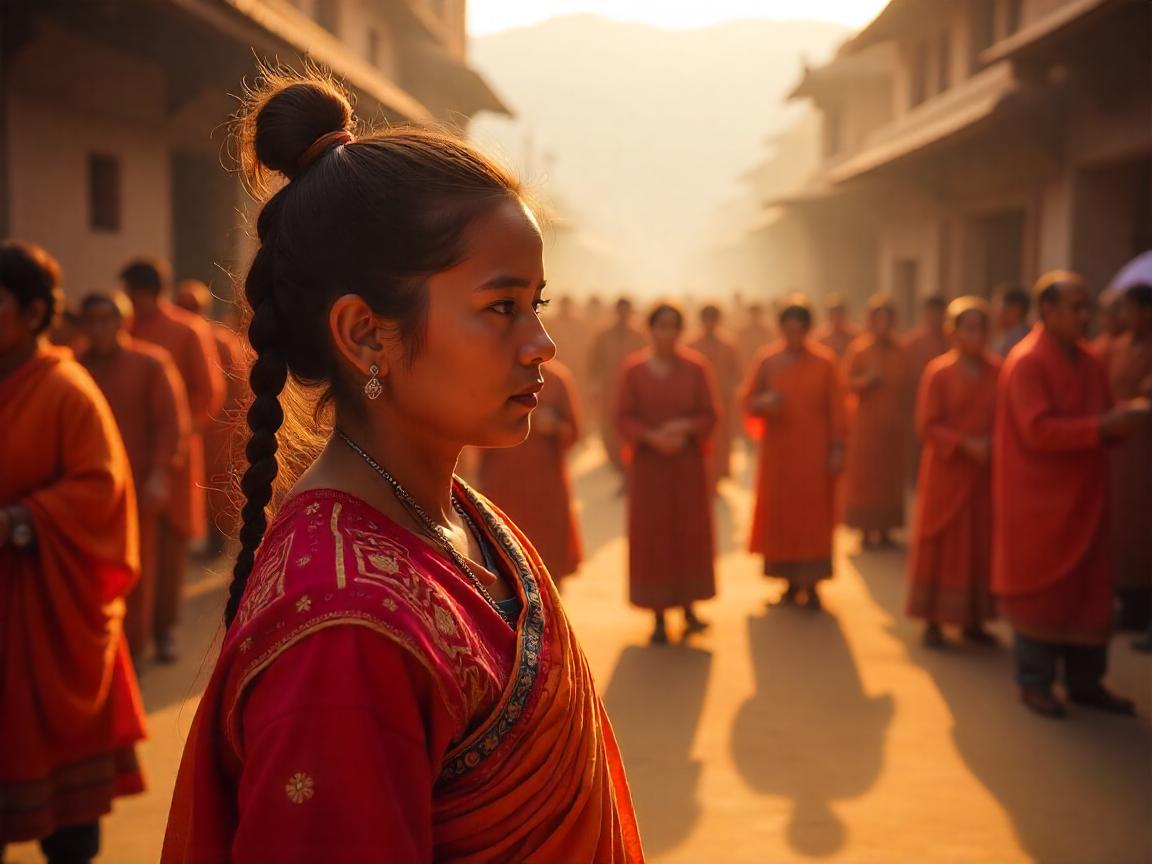Introducción: ¿Es seguro viajar a Nepal?
Si se pregunta si es seguro viajar a Nepal, no es el único. Con sus impresionantes paisajes, su rica cultura y su cálida hospitalidad, Nepal atrae cada año a un gran número de viajeros. Sin embargo, como en cualquier destino, la seguridad es siempre una preocupación para los turistas. En este artículo analizaremos varios aspectos de la seguridad en Nepal, como las precauciones sanitarias, el seguro de viaje, los peligros naturales y las consideraciones culturales, para que pueda tomar una decisión informada para su próximo viaje.
Comprender la seguridad en Nepal
En general, Nepal se considera un país seguro para los viajeros, y las comunidades locales suelen desvivirse por ayudar a los visitantes. Sin embargo, es esencial tomar ciertas precauciones, sobre todo en lo que respecta a la salud y las condiciones naturales. A continuación, un análisis más detallado:
Seguro médico y de viaje
Antes de emprender el viaje, asegúrese de contratar un **seguro de viaje** adecuado. Contar con un **seguro** puede ser crucial, sobre todo en caso de urgencias médicas o trastornos inesperados. Busque una cobertura completa que incluya servicios de rescate en helicóptero, ya que pueden ser especialmente valiosos para los viajeros en zonas remotas.
Vacunas y precauciones sanitarias
Asegúrese de que sus vacunas están al día antes de *viajar a Nepal*. Las vacunas recomendadas más comunes son la hepatitis A, la fiebre tifoidea y la rabia. Es aconsejable consultar a un profesional sanitario sobre las precauciones necesarias específicas para sus planes de viaje. Lleve siempre un botiquín básico de primeros auxilios y los medicamentos personales que pueda necesitar.
Riesgos naturales y seguridad medioambiental
Al preguntarse si es seguro viajar a Nepal, es fundamental tener en cuenta los peligros naturales. La variada geografía de Nepal plantea retos únicos a los viajeros. Esto es lo que hay que tener en cuenta:
Terremotos
Nepal está situado en una zona sísmicamente activa, por lo que es posible que se produzcan terremotos. Aunque los seísmos importantes son raros, es esencial informarse sobre las vías de evacuación y las medidas de seguridad. Recuerde que estar preparado puede marcar la diferencia durante su visita.
Temporada de monzones
La **temporada de los monzones** tiene lugar entre junio y septiembre en Nepal. Las fuertes lluvias pueden provocar corrimientos de tierra e interrupciones de los viajes. Si planea visitar el país en esta época, manténgase informado sobre las condiciones meteorológicas y la seguridad vial. A menudo es mejor retrasar los planes de viaje hasta después de la temporada de lluvias, si es posible.
Cortes de energía
Tenga en cuenta que pueden producirse **cortes de electricidad** en varias regiones de Nepal, sobre todo en las horas de mayor consumo. Lleva una linterna y considera la posibilidad de tener bancos de energía de reserva para tus dispositivos para evitar inconvenientes.
Seguridad cultural: Respetar las costumbres locales
Nepal posee un rico tapiz de tradiciones y costumbres. Familiarizarse con las costumbres locales puede mejorar mucho la experiencia y garantizar la seguridad:
Código de vestimenta
Vestir con modestia es esencial, sobre todo en las zonas rurales y los lugares religiosos. Respete las costumbres locales llevando ropa que cubra los hombros y las rodillas. Esto demuestra respeto por la cultura local y fomenta la buena voluntad.
Etiqueta fotográfica
Pida permiso antes de fotografiar a la gente, especialmente en comunidades locales o lugares sagrados. Esta cortesía se agradece y puede fomentar interacciones positivas durante tus viajes.
Seguridad del transporte local
Cuando te desplaces por ciudades o zonas rurales, considera la posibilidad de utilizar servicios de transporte de confianza. A muchos viajeros les resulta beneficioso utilizar aplicaciones de viajes compartidos o servicios locales de taxi de confianza para garantizar la seguridad y la fiabilidad de sus desplazamientos.
Regiones populares para explorar
Explorar distintas zonas de Nepal puede enriquecer su experiencia. He aquí un breve repaso a las regiones y atracciones más populares que suelen ser seguras para los turistas:
- Katmandú: La capital está repleta de monumentos históricos, templos como Swayambhunath (el Templo de los Monos) y bulliciosos mercados.
- Pokhara: Conocida por sus impresionantes vistas de la cordillera del Annapurna y sus serenos lagos, es ideal para los amantes de las actividades al aire libre.
- Parque Nacional de Chitwan: Un lugar excelente para safaris de animales salvajes, donde se pueden avistar rinocerontes, tigres y diversas especies de aves.
- Lumbini: Lugar de nacimiento de Buda, ofrece paz y una profunda experiencia cultural.
Cómo mantenerse seguro durante los viajes
Para garantizar aún más su seguridad durante su estancia en Nepal, siga estas directrices:
| Consejo de seguridad | Descripción |
|---|---|
| Manténgase informado | Esté atento a las noticias locales y a los avisos sanitarios de las zonas que piensa visitar. |
| Contactos de emergencia | Tenga a mano los números de contacto de emergencia locales, incluida la embajada de su país. |
| Viajes en grupo | Viajar en grupo puede aumentar la seguridad y proporcionar apoyo cuando sea necesario. |
| Conozca su zona | Familiarícese con los barrios en los que estará para sentirse mejor preparado. |
Conclusiones: ¿Es seguro viajar a Nepal? Respuestas a sus preguntas
En resumen, la respuesta a la pregunta de si *es seguro viajar a Nepal* es un rotundo sí, con los preparativos adecuados. Manteniéndose informado, contratando un **seguro de viaje** y respetando las costumbres locales, podrá disfrutar de una experiencia maravillosa y segura mientras explora la belleza de Nepal. Tanto si haces senderismo por el Himalaya, visitas las maravillas culturales de Katmandú o exploras la fauna salvaje de Chitwan, Nepal te ofrece aventuras inolvidables. Recuerde que servicios como GetTransfer están disponibles para ayudarle a navegar por sus viajes sin problemas, proporcionándole comodidad y seguridad mientras descubre este increíble destino.


Comentarios